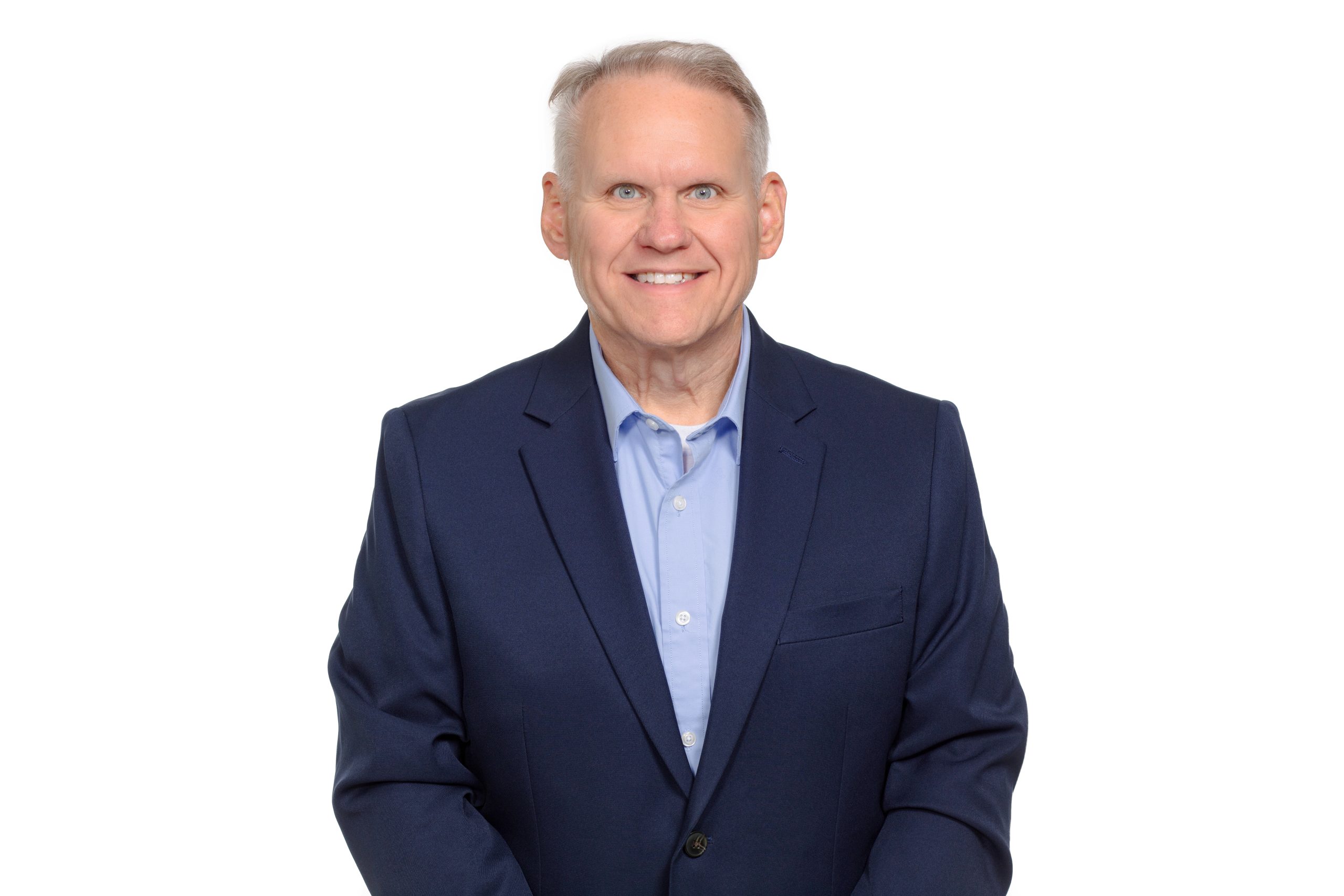As government leadership evolves—whether through new administrations, agency appointments, or legislative turnover—the healthcare industry must remain agile. For healthcare technology management (HTM) professionals, these transitions present both challenges and opportunities. The key to navigating them successfully is proactive, purpose-driven advocacy.
Building influence before it’s needed
Effective advocacy doesn’t begin when a crisis or urgent issue emerges. It starts long before, through consistent engagement and relationship-building. Organizations that invest in these connections, regardless of who is in power, are better positioned to influence policy when it matters most.
This means attending briefings, participating in listening sessions, and meeting with agency staff even when there’s no immediate need. These touchpoints build familiarity and trust. When leadership changes occur at agencies like the Food and Drug Administration (FDA), Federal Trade Commission (FTC), Centers for Medicare and Medicaid Services (CMS), and Health and Human Services (HHS), those existing relationships and connections become invaluable.
Although credibility and trust take time to build, when an organization is known for its reliability and insight, it becomes a go-to resource for decision-makers navigating new priorities.
Focused, authentic advocacy matters
The most effective advocacy efforts are grounded in a clear understanding of what matters most to the organization and the industry. Rather than casting a wide net, successful advocates identify specific issues and stakeholders, tailoring their approach accordingly.
TRIMEDX began its advocacy efforts in earnest in 2016, when the FDA questioned whether it made a difference if an original equipment manufacturer (OEM) or third-party service provider repaired medical devices. Because TRIMEDX deeply understood the central issue and how it could impact third-party service providers and health systems nationwide, it became extremely involved in the discussions—meeting with stakeholders in Washington, D.C., to share its perspective.
The experience underscored the importance of being prepared to engage when regulatory questions arise and laid the groundwork for ongoing relationships with legislators and federal agencies. Since then, Right to Repair (broadly defined as the ability of a medical device purchaser to determine how to maintain and service its medical equipment without unreasonable restrictions from OEMs) has become a cornerstone of TRIMEDX’s advocacy efforts. Over the past decade, the company’s leaders have worked to help regulators and lawmakers understand the real-life impact of these policies. Because of these efforts, decision-makers now seek out input from TRIMEDX.
Strength in numbers: The value of partnerships & coalitions
In a shifting political or regulatory landscape, collaboration can amplify an organization’s voice. Industry coalitions, trade associations, and strategic partnerships allow organizations to present a united front. Even among competitors, shared concerns can lead to powerful alliances that carry more weight than any single entity.
These partnerships help frame issues as industry-wide challenges, not just company-specific concerns.
In times of transition, industry advocates play a vital role in ensuring open dialogue between the private sector and government continues. By leveraging established relationships and fostering new connections, organizations can effectively navigate evolving priorities to ensure alignment with both regulatory and industry goals.
Editor’s Note: Tim McGeath is the retired General Counsel for TRIMEDX. He has served on the TRIMEDX Foundation board since 2006, and as Board Chair since 2014. Tim earned a bachelor’s degree from Hanover College, a master’s degree from Georgetown University, and a law degree from Indiana University.
